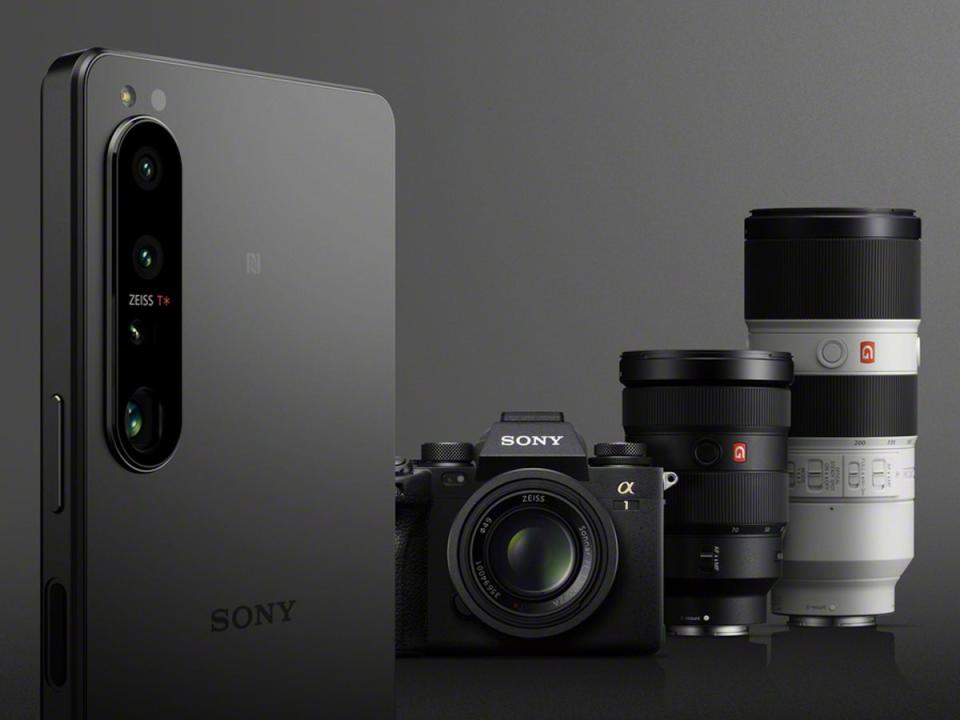Smartphone cameras will make DSLR cameras obsolete by 2024, Sony boss says

Smartphone cameras will produce better image quality than standalone DSLR cameras by 2024, according to a Sony executive.
New technologies such as “quantum saturation” and improved AI processing introduced to smartphones within the next two years will effectively render single-lens set-ups as obsolete, the executive said.
The comments were made during a recent business briefing, Nikkei Japan reported (via TechRadar), alongside slides of expected advances for smartphones.
“We expect that still images [from smartphones] will exceed the image quality of single-lens reflex cameras within the next few years,” said Terushi Shimizu, president and CEO of Sony Semiconductor Solutions (SSS).
He added: “Still images are expected to exceed ILC [interchangeable lens camera] image quality.”
Sony, which manufactures both high-end cameras and smartphones, claimed that one of the biggest improvements for smartphone cameras would relate to their sensor size, which is expected to double over the next two years.
This advance will “realise a new imaging experience” by applying multiframe processing, stated the article.
Combining the advances in software, such as artificial intelligence, with advances in hardware will also improve features such as zoom, dynamic range and low-light noise reduction.
Sony has an unrivalled insight into some of these sectors because it provides image sensors for a number of leading smartphone manufacturers, including Apple.
The iPhone 13 Pro Max – currently Apple’s most advanced smartphone – uses three Sony IMX 7-series sensors, while Sony commands a market-leading 42 per cent share of the global image sensor market for smartphones.
Sony’s own phones borrow some of the same technology it develops within its standalone camera business, with its upcoming Sony Xperia 1 IV featuring the “world’s first true optical 85-125mm zoom lens”.
Set to launch in September, the phone comes with three lenses, real-time eye autofocus, and colour settings and parameters similar to those of Sony’s pro-level cameras.

 Yahoo Finance
Yahoo Finance 